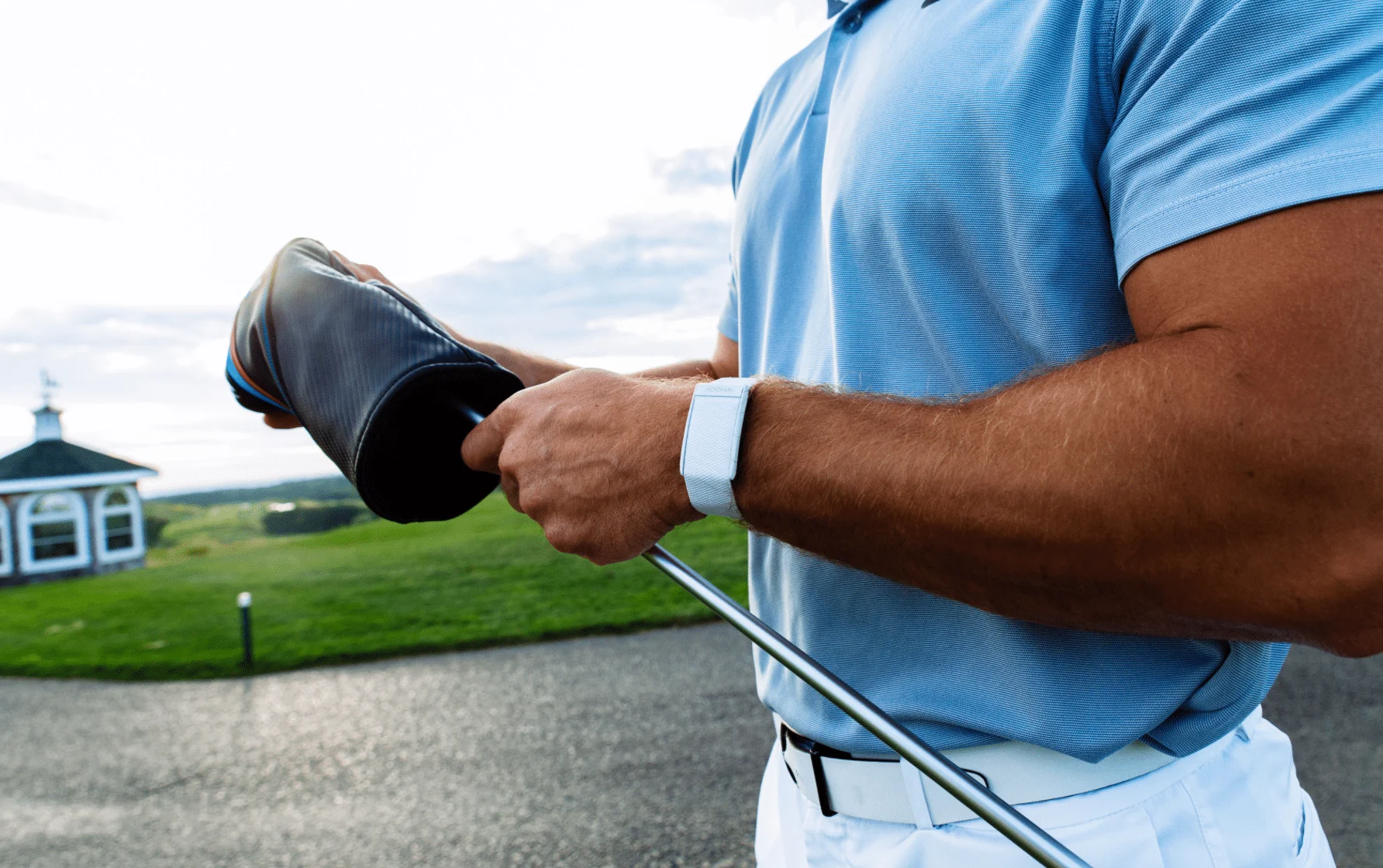Topics
- Article
- Golf
Getting Back to Golf: A Great Form of Exercise Right Now

PGA Coach Dave Phillips Talks Getting Back to Golf (With WHOOP).
Golf is a sport that can be played for a lifetime. It also happens to be one of the best sports for abiding by the current social distancing guidelines that will most likely be part of a new normal throughout the summer months and maybe beyond. Golf enables us to be outside and breath fresh air, as well as have safe social interaction with others in a spacious environment.
Golf as Exercise
With golf facilities reopening around the country, you will most likely be faced with single-rider carts, or better yet, an opportunity to actually walk. Data shows that in a round of golf you can walk 4-8 miles, depending on the terrain. Swinging a club at full speed is also great for your overall wellness. A golfer’s individual energy expenditure may be largely based on their effort, but it can provide steady to intense physical activity. In fact, the average strain on WHOOP for a round of golf is 10.6, the equivalent of a moderate cardiovascular workout for most of us. Additionally, golf can improve things like balance, coordination, proprioception and muscle endurance. Studies have also shown that golfers have better cardiovascular health and lung function, and potentially even an increased life expectancy by up to 5 years.
What the Pros Do
Golfers have always had the stigma from other athletes that golf is not a real sport. But at the professional level, it is a far cry from the casual game played by many on weekends. If you look at the best golfers in the world today, it is hard to find one that is not focused on their physicality for an advantage. Consider the fact that WHOOP has become the go-to fitness tracker for many of the world’s best, including Rory McIlroy and Justin Thomas, just to name a few. PGA tour players walk over 300 miles in a typical season. A pro’s golf swing is a ballistic rotary activity shown to create a compressive load of up to six times body weight on the lumbar spine. It is no wonder that tracking strain and recovery is a huge factor for these athletes in maintaining a competitive advantage on the course.
What You Should Do Before You Start Playing Golf Again
As we get back to playing golf, it’s important to take care of some areas of the body that may have atrophied from staying at home. Your body works in an alternating pattern of stable segments connected to mobile joints. Injuries can occur when joints that are usually mobile start to get tight or inhibited. For example, video conferencing (which for many of us has become a big part of our daily lives) puts us in a sitting position that turns off our glutes, shortens our hip flexors and rounds our upper backs--key parts of the body we need for golf! If those areas are not functional when we play it adds more stress to the lower back, neck and shoulders, which is where the most common injuries happen. Stay tuned for more in the weeks ahead about how to get your body back in playing shape, and ways to use WHOOP to help train and improve your game in the long run. And check out mytpi.com, the internet's largest golf resource for health, fitness and understanding the mechanics of your swing.